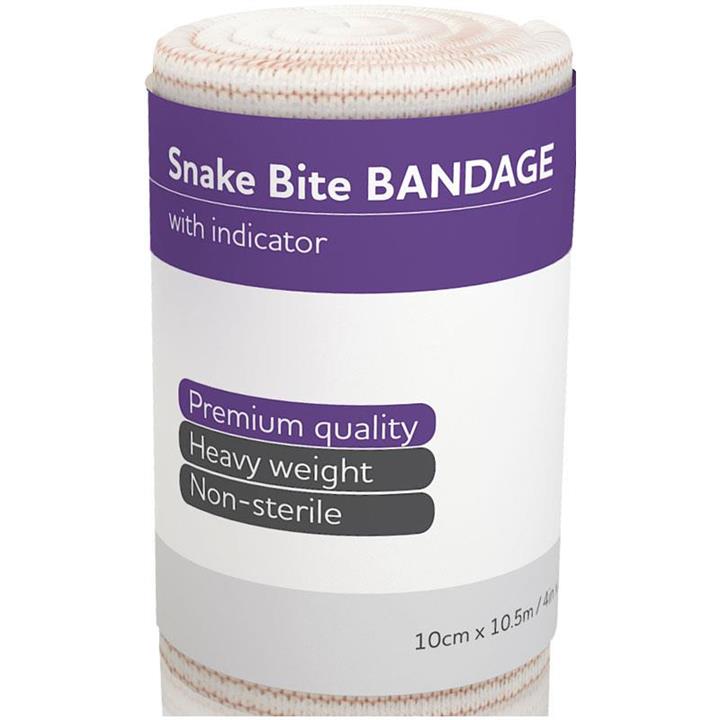When venturing into snake-prone areas, the great outdoors can be both captivating and treacherous. While encounters with snakes are relatively rare, it’s crucial to be prepared for such situations, and that means having the right first aid supplies on hand. Snake bite bandages, specially designed to manage snake bites, stand out as a vital tool in your first aid kit. In this article, we’ll delve into the unique properties of snake bite bandages and contrast them with other types of first aid bandages, highlighting their essential role in snake bite emergencies.
Understanding Snake Bite Bandages
Snake bite bandages are not your average first aid dressings. They are specifically designed to manage the unique challenges presented by snake bites. These bandages are constructed with several distinctive features that set them apart from standard wound dressings:
1. Indicator Squares
One of the key features of snake bite bandages is the inclusion of indicator squares or rectangles on the fabric. These squares serve as a visual aid to help apply the correct pressure when bandaging a snake bite. They change color when the correct amount of pressure is applied, making it easier for the first responder to ensure that the bandage is neither too loose nor too tight.
2. Elastic and Compressive
Snake bite bandages are designed to be highly elastic and compressive. This elasticity is essential to reduce the spread of venom throughout the lymphatic system, slowing its progress through the body. While snake venom may not spread as rapidly as often portrayed in movies, immediate application of a snake bite bandage can be a crucial measure to minimize venom movement.
3. Wide Width
These bandages are typically wider than standard wound dressings. A wider bandage can provide more uniform pressure over a broader area, making it effective at immobilizing the venom and preventing its movement.
4. Reusable
Many snake bite bandages are designed to be reusable, a practical feature that can be valuable in situations where immediate medical attention may be delayed.
Contrasting with Other First Aid Bandages
Now, let’s contrast snake bite bandages with other types of first aid bandages, such as gauze and adhesive bandages:
1. Purpose
The primary purpose of snake bite bandages is to immobilize venom and reduce its spread. They are specifically designed for managing snake bites. In contrast, gauze and adhesive bandages are versatile and used for various wound types, including cuts, abrasions, and burns.
2. Elasticity
Snake bite bandages are highly elastic to provide the necessary compression. Gauze bandages may have some elasticity, but it is not their primary characteristic. Adhesive bandages are not elastic at all.
3. Visual Aid
Snake bite bandages come with indicator squares for applying the correct pressure. Gauze and adhesive bandages do not have this feature.
4. Width
Snake bite bandages are wider to ensure even pressure distribution. Gauze and adhesive bandages are narrower and are not designed for compressing large areas.
5. Reusability
Many snake bite bandages are designed to be reused if necessary. Gauze and adhesive bandages are typically for single-use.
Conclusion
Snake bite bandages play a unique and critical role in first aid when dealing with snake bite emergencies. Their specialized design, with indicator squares, elasticity, and compressiveness, makes them a valuable tool for immobilizing snake venom and reducing its spread. While gauze and adhesive bandages have their place in wound care, they lack the specific features necessary for managing snake bites effectively.
When exploring snake-prone areas or engaging in outdoor activities, ensure you have a snake bite bandage in your first aid kit. It’s a small but vital addition that could make a significant difference in a snake bite emergency. Be prepared, stay informed, and prioritize safety in your outdoor adventures.
